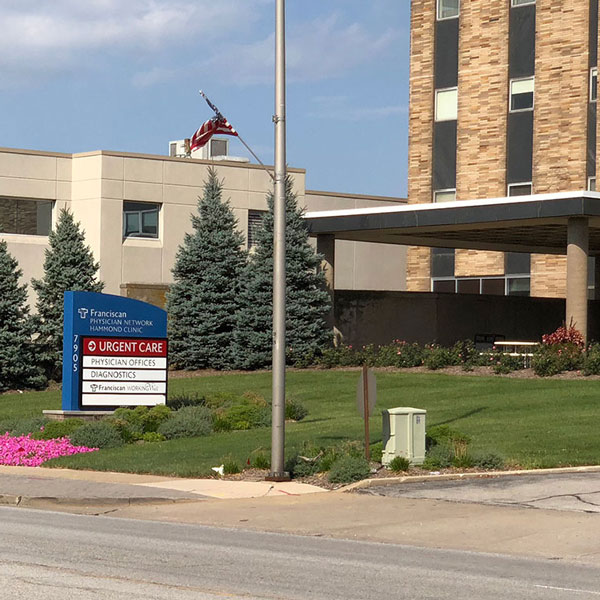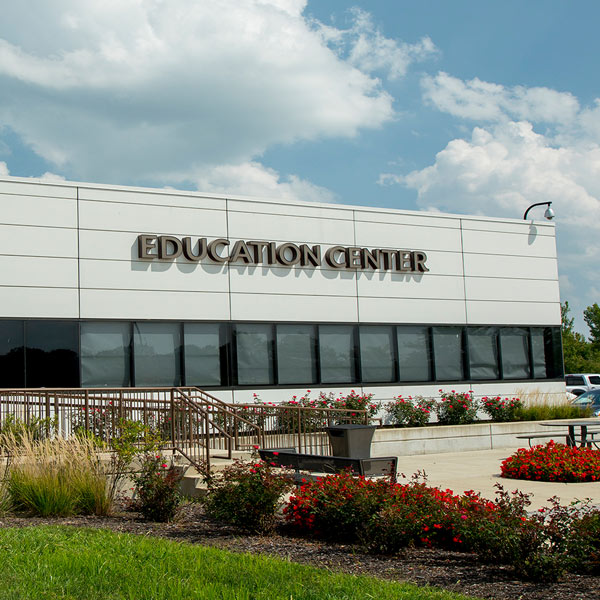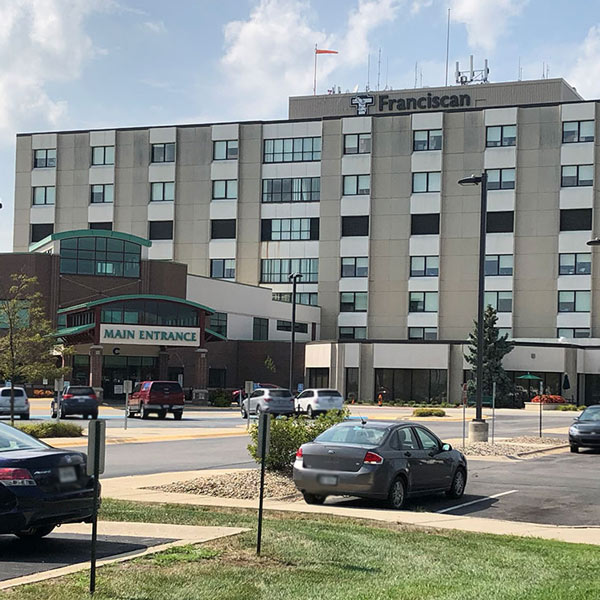About This Screening
During a CT Scan, the patient lies on a table, positioned according to the requirements of the area being examined. The technologist communicates with the patient over a speaker system and provides instructions regarding breathing requirements; the length of time a patient is required to hold their breath is typically 15-20 seconds or less. While most procedures are completed within 15 minutes or less, some scans may take up to 1 - 1.5 hours.
Some exams require pre-procedure preparation for optimal imaging; this may include drinking a barium liquid (12 oz.) or the use of contrast (dye) injected through a vein during the examination. Patients can expect noise including circulating air, humming, clicks and whirring during the CT scan.
CT scan imaging for the best in diagnostic treatment
A CT (computerized tomography) scan uses a series of X-ray views taken from many different angles to produce highly detailed, cross-sectional images (or slices) of specific areas of the body. Radiologists can look at each of these slices individually or combine them to create 3D images. CT technology is a valuable diagnostic tool to examine bone or tissue, blood vessels and rapidly moving organs such as the heart. Some diseases are highly predictable and often preventable, which is why Franciscan Health offers comprehensive CT screening programs.
From heart and vascular to lung, each screening program is designed to identify possible health conditions early, providing more treatment options and improved outcomes. In fact, Franciscan Health was the first in the state of Indiana to offer a lung CT screening program for the early detection of lung cancer. CT is also useful for examining patients who are unable to hold their breath, like trauma victims, acutely ill patients and the elderly.
CT scans are often used for:
- Cardiac calcium and coronary artery scoring
- Scans of the head, chest, spine, abdomen and pelvis
- Abscess drainages
- Biopsies
Franciscan Health offers the latest CT scan technology
64-slice CT imaging gives physicians the ability to see more anatomical detail in a fraction of the time. The 64-slice CT scanner obtains high-resolution images, as thin as a credit card, that are then used to create a 3D view of your anatomy for your doctor to analyze. The 64-slice CT scanner can also capture the image of an organ in one second and can scan the entire body in ten seconds.
The reduced scanning time offers many advantages:
- It can be difficult for young children to hold still for the time required with older scanners.
- People with breathing problems often find it difficult to hold their breath for 30 seconds or more, since that is longer than most patients with advanced pulmonary conditions can manage.
- There is no required recovery time; patients can leave as soon as their exam is complete.
- There are fewer risks compared to traditional angiography, since an arterial puncture is not required.
- It is less expensive than traditional angiography.
- The amount of radiation a patient receives is reduced with a new feature called dose modulation.
Our Locations

Appointments
Request An Appointment
Location Hours
| Monday: | M: | 8:00AM - 4:00PM |
| Tuesday: | T: | 8:00AM - 4:00PM |
| Wednesday: | W: | 8:00AM - 4:00PM |
| Thursday: | Th: | 8:00AM - 4:00PM |
| Friday: | F: | 8:00AM - 4:00PM |
| Saturday: | Sa: | Closed |
| Sunday: | Su: | Closed |
Appointments
Request An Appointment
Location Hours
| Monday: | M: | 7:30AM - 4:00PM |
| Tuesday: | T: | 7:30AM - 4:00PM |
| Wednesday: | W: | 7:30AM - 4:00PM |
| Thursday: | Th: | 7:30AM - 4:00PM |
| Friday: | F: | 7:30AM - 4:00PM |
| Saturday: | Sa: | Closed |
| Sunday: | Su: | Closed |
Appointments
Request An Appointment
Appointments
Request An Appointment




